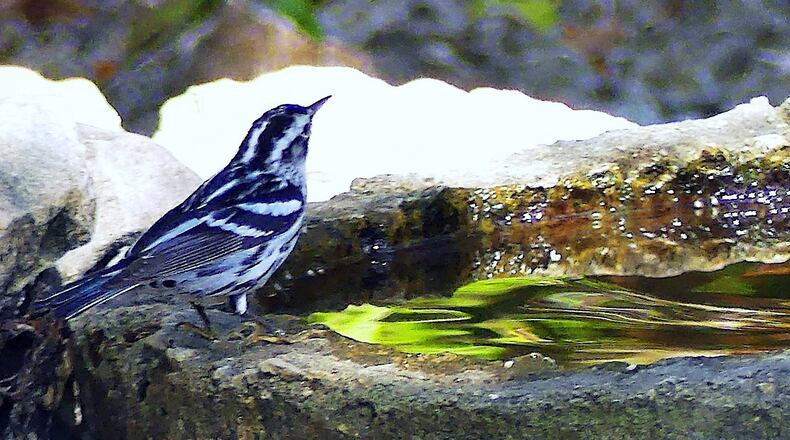This is peak time for spring migration. Countless numbers of warblers and other neotropical songbirds are streaming into Georgia — returning from winter grounds in Latin America and the Caribbean for their nesting season here and elsewhere in North America.
Among the incoming waves might well be some of the same birds — especially warblers — that several of us Birds Georgia members saw earlier this month during an 11-day trip to Cuba to explore, study and observe the island’s bird life. Cuba is prime winter habitat for many of the birds that nest in Georgia and other points north during spring and summer.
For me, seeing these migratory birds on their winter grounds in the tropics and now as they return to nest in Georgia and elsewhere is awe-inspiring.
One of our leaders in Cuba was Arturo Kirkconnell, an ornithologist and author of the book “Field Guide to the Birds of Cuba.” He noted that Cuba, located immediately south of Florida and east of Mexico’s Yucatan Peninsula, is at the crossroads of major migration pathways. It accounts for about half of all the land in the Carribean and has huge areas of suitable wintering and stopover habitat — vast expanses of mountains, forests, wetlands and low-lying coastal islands.
These features together make Cuba an important winter home for migratory species. For some birds that nest in Georgia, Cuba is particularly important as winter habitat. One species is the black-throated blue warbler, a common summer breeding resident in North Georgia’s mountains. Another is the gray catbird, which nests statewide. Both species were common sights during our expedition.
Other species that regularly winter in Cuba and return to Georgia and other northern climes to nest include the American redstart, Northern parula, ovenbird, black and white warbler, white-eyed vireo, common yellowthroat, prairie warbler and indigo bunting. We saw most of them as they foraged and flitted about in Cuba.
Now, many of them will be back in Georgia for a few months to raise their babies.
IN THE SKY: From David Dundee, retired Tellus Science Museum astronomer: The moon will be new on Sunday. Mercury, Venus and Saturn are low in the east just before sunrise. All three planets will appear near the moon in Saturday’s (April 26) predawn sky. Mars (high) and Jupiter are in the west after dark.
Charles Seabrook can be reached at charles.seabrook@yahoo.com.
About the Author
Keep Reading
The Latest
Featured

